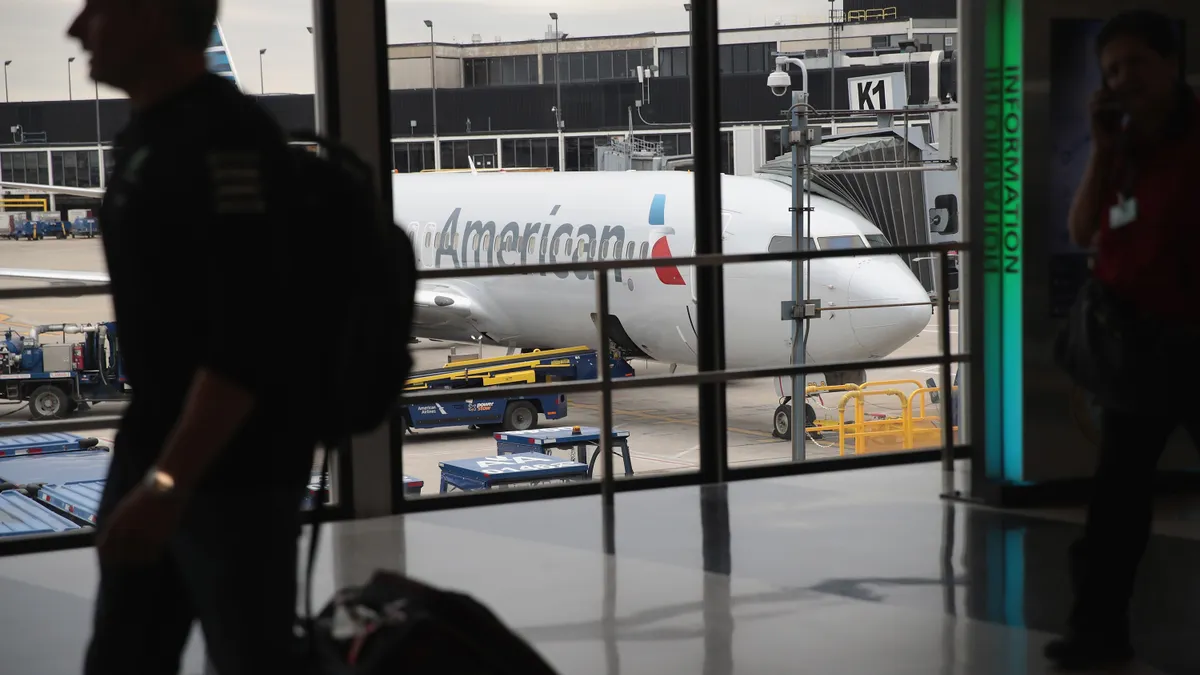Pharmasave, a community pharmacy with more than 870 locations in Canada, announced in September that it had expanded its participation in the Canada-based Air Miles Reward Program, a coalition loyalty program with over 10 million active member accounts.
Unlike brand-specific loyalty programs that only allow members to earn and redeem awards for one brand, Air Miles allows its members to earn and redeem awards across more than 300 brands, including Amazon Canada, Apple and Hilton, and thousands of retail and service locations in Canada.
The pharmacy chain expanded its participation nationwide after the Air Miles Rewards Program established a strong track record in the company's Atlantic Canada region.
"We saw the benefits in terms of customer engagement, loyalty and front store sales that were higher than they were in the rest of the country," said Jackie Langlands, national director of merchandising and marketing at Pharmasave.
Coalition loyalty programs like Air Miles and other loyalty program partnerships are gaining interest among business executives, according to the 2024 EY Loyalty Market Study, which surveyed more than 1,500 consumers and 300 corporate employees responsible for loyalty programs.
Nearly half — 45% — of corporate employees surveyed said they planned to create a rewards ecosystem, such as expanding rewards across product types and partner networks, in the next year.
Why interest in loyalty program partnerships is growing
Thanks to greater scale, coalition loyalty programs offer several advantages over company-specific loyalty programs.
"Loyalty programs can be a little complex to stand up," said Patricia Camden, managing director and Americas loyalty leader at consulting firm EY. "Sharing those operational costs, including the technology, infrastructure, marketing and [program administration], makes it a more cost-efficient model."
These programs also give brands access to more customers than they could reach alone, making it easier to expand to new markets, cross-promote products and services, and increase brand exposure. Those features have become more important as more consumers shop online and seek greater value from rewards programs amid high prices.
Pharmasave's newly expanded participation in the Air Miles Reward Program is already paying off. Customers are lining up to collect and redeem Air Miles rewards at newly participating stores and "telling our owners that they plan to shop at Pharmasave," Langlands said. "We also have reports of new customer demographics coming into our local pharmacies, and our owners are very excited about that."
Coalition programs can also help brands engage younger consumers by making it easier to earn and redeem rewards across multiple brands. Over a third of consumers surveyed by EY said access to partnership brands and brand enthusiasts was "the most valuable aspect of being a member of a loyalty program."
The EY study also found that consumers aged 18 to 24 are less likely to shop exclusively through a loyalty program, with 42% saying that reward options were often limited or undesirable.
"A coalition program goes against that by giving them a broader set of rewards," EY's Camden said.
Multi-vendor loyalty programs also make it easier to offer personalized rewards, which are also important to younger consumers, especially those aged 25 to 44, the EY study found.
Why bilateral partnerships often make more sense than coalitions
Coalition programs are harder to operate than company-specific ones, as companies face such challenges as integrating technology across brands and channels and mitigating data privacy concerns, experts said.
It can also be difficult to align brand identities and create a rewards program that meets the needs of all the partners and their customers. Studies show that coalition loyalty programs often benefit the largest partners with the highest market penetration and that partners frequently cannibalize each other's sales, with consumers more likely to compare prices and purchase heavily discounted items.
However, high competition among loyalty programs may be the most significant barrier to coalition loyalty program success, especially in highly developed economies like the United States, according to Ed Crouch, managing director and senior partner at Boston Consulting Group.
The average U.S. consumer who participates in loyalty programs belongs to 14 free and paid programs, according to a BCG study. Most consumers already belong to one or two travel programs and several retail programs, which limits the potential upside to joining a coalition program, Crouch said.
"Consumers are already quite deeply engaged in a number of programs," Crouch said. "They have accumulated currency. They have status. They understand the program."
Bilateral partnerships, on the other hand, allow two companies to gain access to and information about each other's customers without the additional complexity and market conditions required by coalition loyalty programs, Crouch said. "It just requires them to have some overlapping set of customers that share a lot of similarities and purchasing behaviors."
Walmart, for instance, recently partnered with Burger King to give members of its paid loyalty program, Walmart+, 25% off Burger King orders placed through the fast-food giant's website or app.
However, companies that offer exclusivity or want to provide "a highly tailored customer experience," such as luxury brands, are likely better off creating their own loyalty programs, EY's Camden said. Such companies benefit from partnering with others on a case-by-case basis.
Coalition programs can be a good fit for "businesses with limited internal resources to manage and scale a loyalty program" and brands with "no direct connection to consumer data," such as consumer packaged goods companies, Camden said.
Regardless of the approach, loyalty program success depends on whether it delivers value and flexibility to a brand's customers, Pharmasave's Langlands said.




















